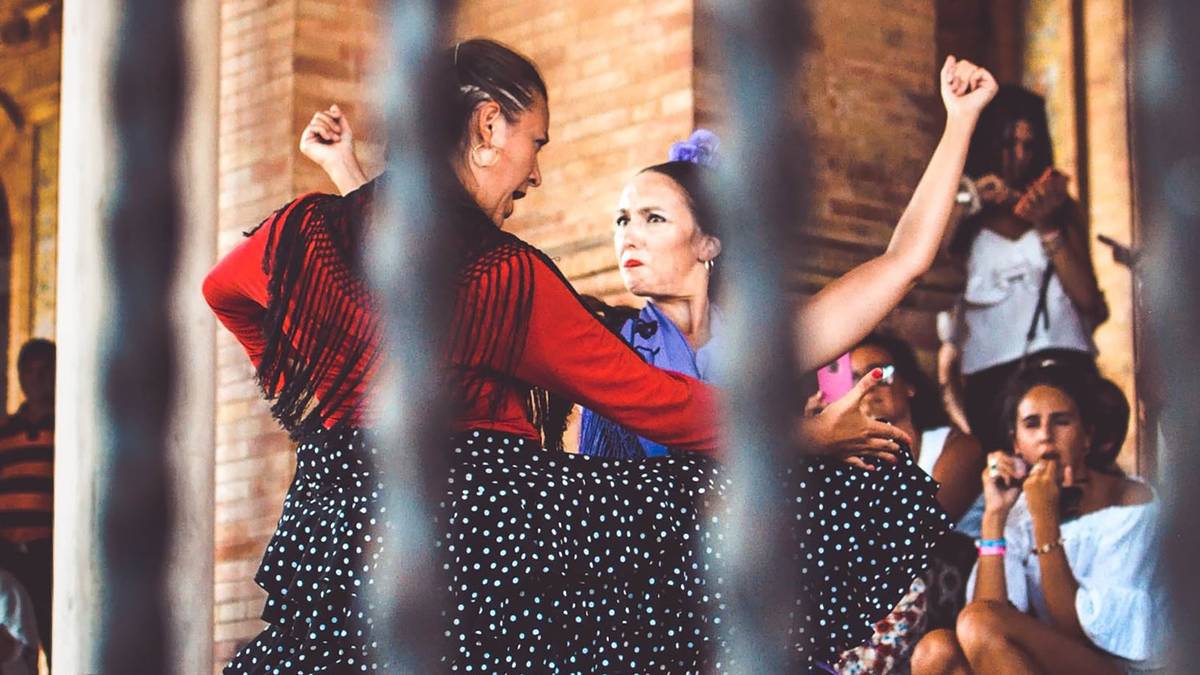Easy Spanish Grammar
“Oh dear! Here we go again!!!”

This is what some of you must be thinking, right? Don’t worry!! Using the verbs ser and estar is easier than you think. 😉
Unfortunately, we can’t say there are a couple of set rules which will apply to all uses but there are certainly a few ways to help you understand the contexts where these verbs are more likely to appear. So we have decided to create two posts on the uses of ser and estar. The first one will deal with how to use them for descriptions whereas the second one will have to do with their specific uses.
Let’s get started!
Ser vs Estar in Descriptions

Broadly speaking, the verb ser refers to the nature of things, this is, it describes features which are inherent to the noun being described. It also classifies the noun, this is, it can set different categories. In a different way, the verb estar never refers to the nature of nouns but their state/condition, situation, or circumstance.
Put that way it may sound unclear, so let’s analyse some examples:
Mi hermana es muy lista (My sister is very clever) –> refers to specific feature of a person’s character (nature: verb ser).
Tu novio siempre está ocupado (Your boyfriend is always busy) –> refers to how that person feels or does (situation: verb estar).
Esta comida está fría (This food is cold) –> refers to a physical state (circumstance: verb estar).
Este plato es español (This dish is from Spain) –> refers to a type of dish (classification: verb ser).
Hoy no estás muy habladora (You’re not too talkative today) –> refers to the way the person is behaving on a specific day (circumstance: verb estar).
El zumo de limón es ácido (Lemon juice is sour) –> refers to a specific feature (nature: verb ser).
Attention! A typical error when teaching these differences is to link the verb ser with the concept of permanent/constant, and the verb estar with change/subjective. This is not always true so we recommend following the rules we have just presented.
It is important to understand it’s not always a mechanical selection process but a choice speakers make according to what they want to express.
Ser vs Estar Challenge

Are ser and estar forms used correctly in the following sentences?
Mi madre estaba enfermera (My mother used to be a nurse) Eres loco (You are crazy) ¿Estás viva? (Are you alive?) Mi abuela estaba rica y famosa (My grandmother was rich and famous) Soy deprimido (I am depressed) El suelo está sucio (The floor is dirty)
Take the challenge and post your answers below!!
More on ser vs estar:
¡Feliz aprendizaje! 😉



